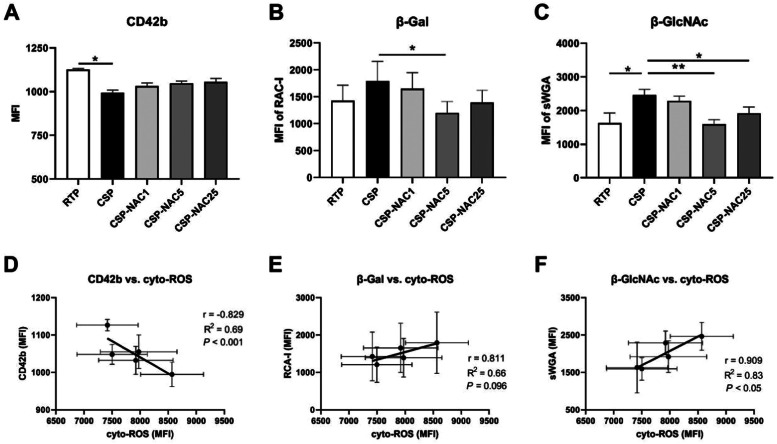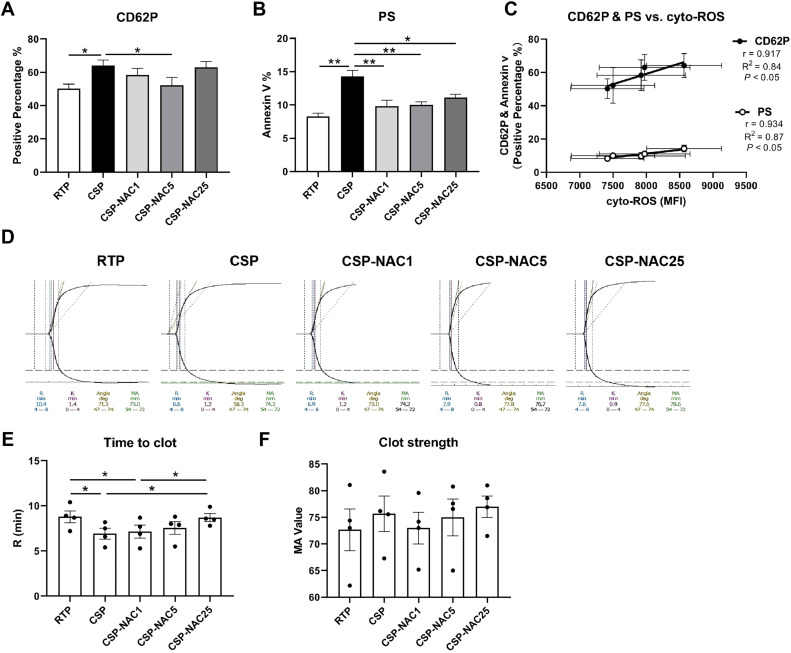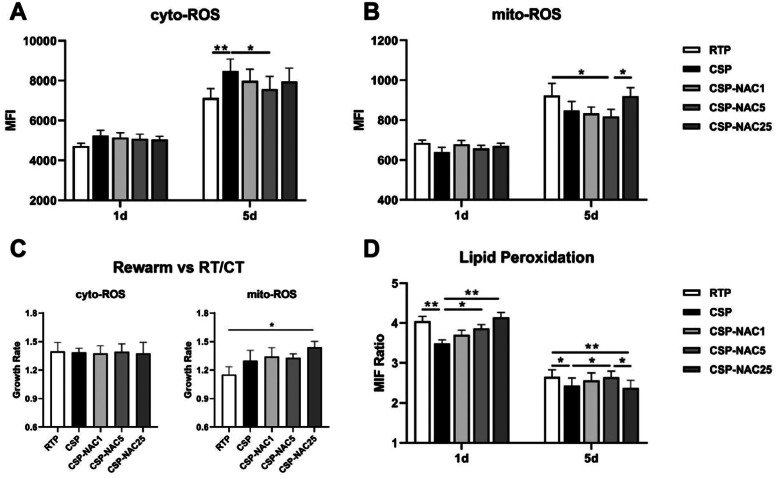The effect of modulating platelet reactive oxygen species by the addition of antioxidants to prevent clearance of cold-stored platelets
IF 1.6
Q3 HEMATOLOGY
引用次数: 0
Abstract
Background
It is known that the rapid clearance of cold-stored platelets is attributed to various storage lesions, including an abnormal increase in reactive oxygen species when platelets are exposed to cold temperatures. As an antioxidant, N-acetylcysteine exhibits some significant effects on scavenging various reactive oxygen species and inhibiting cell damage and apoptosis.
Aims
This study aimed to investigate the effects of N-acetylcysteine on reducing reactive oxygen species production and protecting cold-stored platelets from phagocytosis and clearance, and to determine the optimal concentration of N-acetylcysteine.
Methods
Platelet concentrates were divided into three groups: room-temperature-stored platelets, cold-stored platelets, and cold-stored platelets with the addition of different concentrations of N-acetylcysteine. After five days of storage, reactive oxygen species production, lipid peroxidation levels, activation marker expressions, GPIb/ɑ desialylation with exposure of glycan residues and other quality parameters of platelets were measured and compared between the groups. Phagocytosis of platelets was detected by phorbol 12-myristate 13-acetate-activated THP-1 or Hep G2 cells. Moreover, the recovery of infused platelets was measured in severe combined immunodeficient mice at different timepoints.
Results
After 5 days of storage, cytoplasmic reactive oxygen species significantly increased in chilled compared to non-chilled platelets; they were notably reduced with the addition of N-acetylcysteine, particularly at a concentration of 5 mM. Compared with chilled platelets, the P-selectin and phosphatidylserine expressions, as well as exposure of GPIb/ɑ glycan residues, were significantly reduced with 5 mM of N-acetylcysteine. Phagocytosis of platelets by THP-1 or Hep G2 cells was significantly lower in 5 mM of N-acetylcysteine compared to cold-stored platelets without N-acetylcysteine.
Conclusions
This study demonstrated correlations between reactive oxygen species production and their pro-oxidant effects on platelet clearance after cold storage. The addition of N-acetylcysteine at an appropriate concentration do not only protects chilled platelets from storage lesions caused by reactive oxygen species overproduction but also prevents platelet phagocytosis in vitro and clearance in vivo, thereby extending circulating time.



通过添加抗氧化剂调节血小板活性氧以防止冷藏血小板清除的效果。
背景:众所周知,冷藏血小板的快速清除是由于各种贮存病变造成的,包括血小板暴露于低温时活性氧的异常增加。目的:本研究旨在探讨 N-乙酰半胱氨酸对减少活性氧生成、保护冷藏血小板不被吞噬和清除的作用,并确定 N-乙酰半胱氨酸的最佳浓度:将浓缩血小板分为三组:室温储存血小板、低温储存血小板和添加不同浓度 N-乙酰半胱氨酸的低温储存血小板。储存五天后,测量并比较了各组血小板的活性氧生成、脂质过氧化水平、活化标志物表达、GPIb/ɑ去酰化与糖残基暴露以及其他质量参数。通过磷酸-12-肉豆蔻酸-13-乙酸酯激活的 THP-1 或 Hep G2 细胞检测血小板的吞噬作用。此外,还在不同时间点测定了严重合并免疫缺陷小鼠输注血小板的恢复情况:结果:储存 5 天后,冷藏血小板与非冷藏血小板相比,细胞质中的活性氧明显增加;加入 N-乙酰半胱氨酸后,活性氧明显减少,尤其是在浓度为 5 mM 时。与冷藏血小板相比,P-选择素和磷脂酰丝氨酸的表达以及 GPIb/ɑ 聚糖残基的暴露在 5 mM N-乙酰半胱氨酸的作用下明显减少。与不含 N-乙酰半胱氨酸的冷藏血小板相比,5 mM N-乙酰半胱氨酸可明显降低 THP-1 或 Hep G2 细胞对血小板的吞噬作用:本研究证明了活性氧的产生与它们对冷藏后血小板清除的促氧化作用之间的相关性。添加适当浓度的 N-乙酰半胱氨酸不仅能保护冷藏血小板免受活性氧生成过多导致的储存损伤,还能防止血小板在体外被吞噬和在体内被清除,从而延长循环时间。
本文章由计算机程序翻译,如有差异,请以英文原文为准。
求助全文
约1分钟内获得全文
求助全文
来源期刊

Hematology, Transfusion and Cell Therapy
Multiple-
CiteScore
2.40
自引率
4.80%
发文量
1419
审稿时长
30 weeks
 求助内容:
求助内容: 应助结果提醒方式:
应助结果提醒方式:


